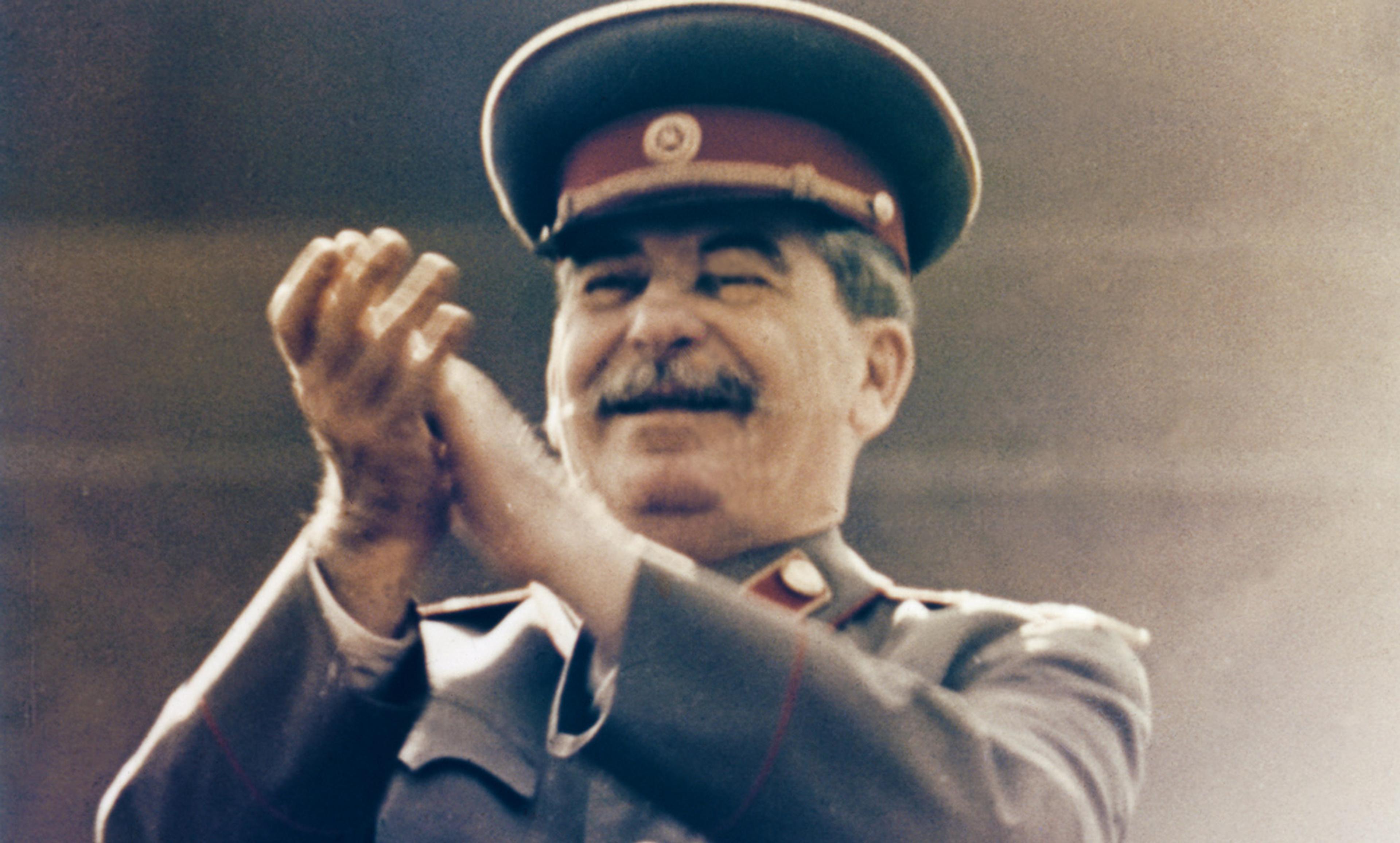Christopher Lee in Dracula (1958). Photo by Rex Features
Towards the end of the Disney film Aladdin (1992), our hero’s love rival, the evil Jafar, discovers Aladdin’s secret identity and steals his magic lamp. Jafar’s wish to become the world’s most powerful sorcerer is soon granted, and he then uses his powers to banish Aladdin to the ends of the Earth.
What follows next is a lingering close-up of Jafar’s body. He leans forward, fists clenched, with an almost constipated look on his face. He then explodes in uncontrollable cackles that echo across the landscape. It is an archetypical evil laugh.
Such overt displays of delight at others’ misfortune are found universally in kids’ films, and many adult thriller and horror films, too. Just think of the rapturous guffaws of the alien in the first Predator film (1987) as it is about to self-detonate, taking Arnold Schwarzenegger with it. Or Jack Nicholson’s chilling snicker in The Shining (1980). Or Wario’s manic crowing whenever Mario is defeated.
A recent essay by Jens Kjeldgaard-Christiansen in The Journal of Popular Culture asks what the psychology behind this evil laugh might be. Kjeldgaard-Christiansen, a communication scholar at Aarhus University in Denmark, is well-placed to provide an answer having previously used evolutionary psychology to explain the behaviours of heroes and villains in fiction more generally.
In that work, he argued that one of the core traits a villain should show is a low ‘welfare tradeoff’ ratio: they are freeriders who cheat and steal, taking from their community while contributing nothing. Such behaviour is undesirable for societies today, but it would have been even more of a disaster in prehistory when the group’s very survival depended on everyone pulling their weight. As a result, Kjeldgaard-Christiansen argues, we are wired to be particularly disgusted by cheating freeriders – to the point that we can feel justified in removing them from the group, or even killing them.
However, there are degrees of villainy, and the most dangerous and despised people are those who are not only freeriders and cheats, but psychopathic sadists who perform callous acts for sheer pleasure. Sure enough, previous studies have shown that it is people matching this description whom we consider to be truly evil (since there is no other way to excuse or explain their immorality) and therefore deserving of the harshest punishments. Crucially, Kjeldgaard-Christiansen argues that a wicked laugh offers one of the clearest signs that a villain harbours such evil, gaining what Arthur Schopenhauer called ‘open and candid enjoyment’ from others’ suffering – moreover, fiction writers know this intuitively, time and again using the malevolent cackle to identify their darkest characters.
Part of the power of the evil laugh comes from its salience, Kjeldgaard-Christiansen says: it is both highly visual and vocal (as the close-up of Jafar beautifully demonstrates) and the staccato rhythm can be particularly piercing. What’s more, laughs are hard to fake: a genuine, involuntary laugh relies on the rapid oscillation of the ‘intrinsic laryngeal muscles’, movements that appear to be difficult to produce by our own volition without sounding artificial. As a result, it’s generally a reliable social signal of someone’s reaction to an event, meaning that we fully trust what we are hearing. Unlike dialogue – even the kind found in a children’s film – a sadistic or malevolent laugh leaves little room for ambiguity, so there can be little doubt about the villain’s true motives.
Such laughs are also particularly chilling because they run counter to the usual prosocial function of laughter – the way it arises spontaneously during friendly chats, for example, serving to cement social bonds.
There are practical reasons too for the ubiquity of the evil laugh in children’s animations and early video games, Kjeldgaard-Christiansen explains. The crude graphics of the first Super Mario or Kung Fu games for Nintendo, say, meant it was very hard to evoke an emotional response in the player – but equipping the villain with an evil laugh helped to create some kind of moral conflict between good and evil that motivated the player to don a cape and beat the bad guys. ‘This is the only communicative gesture afforded to these vaguely anthropomorphic, pixelated opponents, and it does the job,’ he notes.
There are limits to the utility of the evil laugh in storytelling, though. Kjeldgaard-Christiansen admits that its crude power would be destructive in more complex storytelling, since the display of pleasure at others’ expense would prevent viewers from looking for more subtle motivations or the role of context and circumstance in a character’s behaviour. But for stories dealing with black-and-white morality, such as those aimed at younger viewers who have not yet developed a nuanced understanding of the world, its potential to thrill is second to none.
Kjeldgaard-Christiansen’s article is certainly one of the most entertaining papers in a long time, and his psychological theories continue to be thought-provoking. It would be fun to see more experimental research on this subject – comparing the acoustic properties of laughs, for instance, to find out which sounds the most evil. But in my mind, it will always be Jafar’s.
This is an adaptation of an article originally published by The British Psychological Society’s Research Digest.






